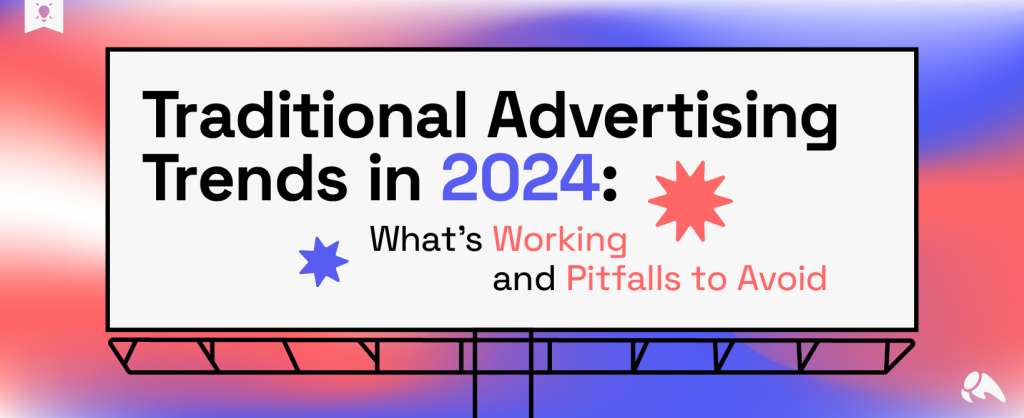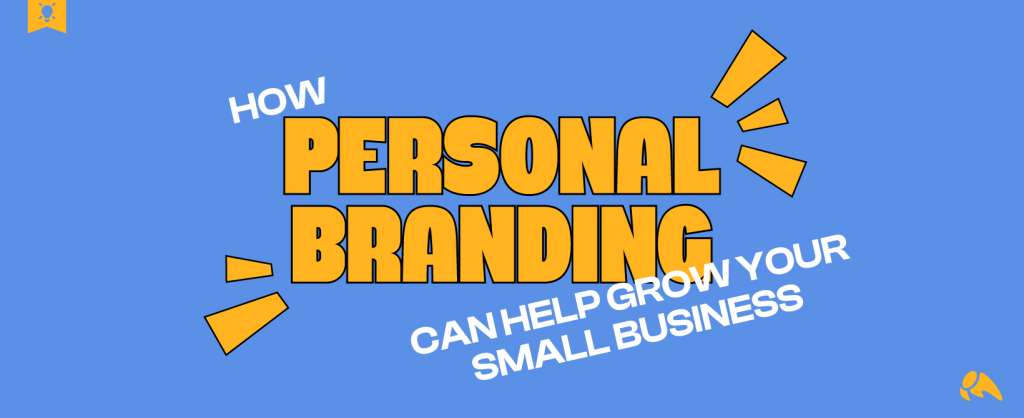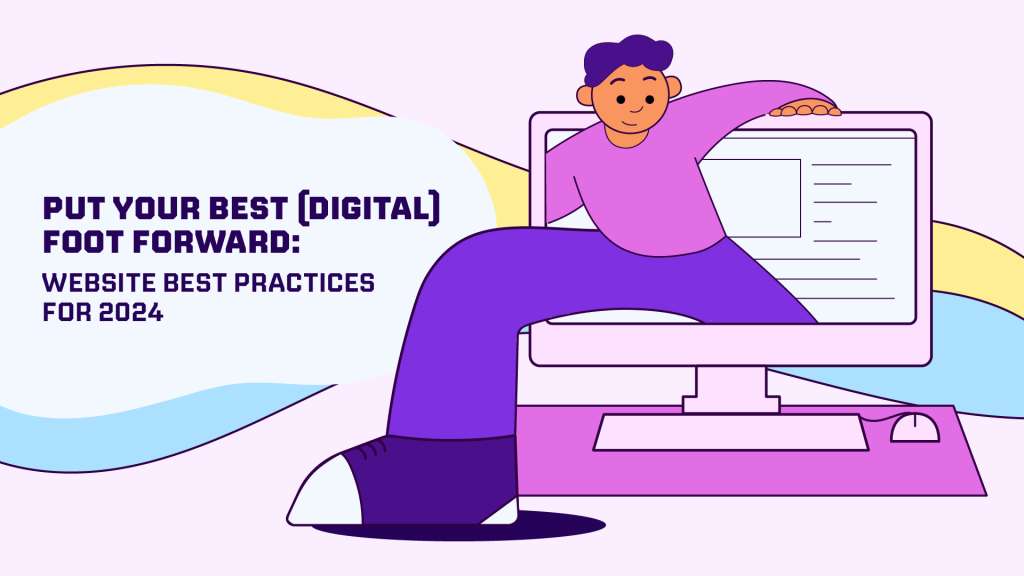This isn’t a Trends post. This isn’t me guessing at what’s going to happen next year or encouraging you to hop on a bandwagon that’s already left the station. What follows is everything you need to be doing right now to prep your content strategy for 2014. Because while the opportunity in content is huge, so is the competition.
The sheer volume of content currently being produced is staggering. While 93 percent of B2B marketers already report using content in their marketing efforts, 58 percent are looking to increase that investment over the coming year. [source] While 90 percent of B2C companies are already using content, 60 percent have decided to increase that investment over the next twelve months. [source]
Sure, this shows a bit of the gold rush that’s taking place but it also nearly guarantees that your content will NOT be seen, will NOT be read and will NOT make an impact without a thought out, strategic focus behind it.
Let’s begin.
Reevaluate key content metrics (and stop overhyping page views)
What’s driving your investment into content? A smarter content strategy means tying content initiatives back to concrete business goals rather than fluffy things that hold no substance. That may include goals like:
- Decreasing cost to conversion
- Increased sales lead quality
- Increased customer loyalty + amount each customer spends
- Increased Web visibility via SEO and social
- Increase in newsletter sign ups
- Greater awareness around key messaging
These are all items which will have an impact on your bottom line. We all want more “thought leadership” and to be seen as “industry experts” but for what purpose? That purpose is what you need to identify.
While we run toward the correct metric we must also run away from the wrong ones. Make 2014 the year you stop overhyping page views. Focusing solely on page views and shares can unintentionally harm the brand when you start writing about things you otherwise wouldn’t touch or when editorial credibility is traded in for retweets.
You know when you’re producing content for your audience and you know when you’re producing it to get blind attention. Recognize the slimy feeling that develops in the pit of your stomach when you start doing the latter…and then stop. No one cares what [Latest Current Event] taught you about [Your Niche].
Reevaluate your audience
Invest in a deep and complete understanding of your audience, not only for use in your content marketing efforts but for the everything else that you’re doing. With Hummingbird, with not provided and with greater reliance on social ranking factors, every bit of your success rests on our ability to understand your audience and provide an experience that educates or delights them. You are simply unable to do that without a clear understanding as to who they are and what they’re trying to accomplish.
- Buy consumer insights from lists third-party data companies
- Engage in social research
- Issue customer and brand surveys
The more data you can get your hands on and the more you can use it to tie actionable insights back to your audience, the better off your complete marketing strategy is going to be. Use that information to understand need states to craft content around and to mention in messaging. Use it to frame conversations and to start them. Let it guide your paid search efforts and what you’re doing offline. Collect this data and then spread it out through your organization.
Content integration
If the department walls haven’t come down at your organization, make 2014 the year it happens. It wasn’t that long ago when blogs heralded that social media didn’t just belong to marketing or to public relations. It belonged to your entire organization, from the person who answered the phones, to the woman who writes the checks, to the guy who throws out the garbage at the end of the day. Social media touched everyone because social media was everyone.
Content’s not much different.
Your company’s content marketing efforts don’t just belong to the writers on your team (though they may be the ones leading the charge) and it doesn’t just refer to the posts you’re creating on your blog.
Content is what unites your entire organization and connects it to a consumer. Be it through email newsletters, public relations campaigns, social outreach, print marketing, traditional advertising, direct mail – it’s everything that you do and the story you tell.
This effect of this on your organization is two-fold.
- Content must be integrated into the core of the business and sync with the company’s vision and movement. The way SEO and social cannot be locked in a room and fragmented from everyone else’s, nor can content.
- Content must portable and align with how customers consume content. That doesn’t mean you need to create unique content for every device. It means creating that television commercial with a plan for how you’ll splice it for difference uses. Consider how that infographic will play on mobile and build to that. The way in which your audience consumes content cannot be an afterthought to the conversation. It IS the conversation.
Experiment with new content types
We all have our comfort zones. The trouble is most of get suck there. The result is predictable, boring content that engages no one.
Shake it up. Try something. Do something.
For us, content refers to a lot of things.
It’s the animation, brand storytelling, video or audio production capabilities of a Motion department. It’s the press strategy and contributed content of a public relations campaign. It’s linkbuilding, video and display ads and SEO and PPC webiness. It’s product design and web and mobile applications. And of course, it’s everything you’d expect to find in a traditional content department. It’s all of these things and that’s important to remember. If you experimented with some of these last year, keep what worked and adopt new tactics for what fell flat.
Mark Curtis told Forbes that 2014 will be the year of advocacy and the year marketers turn toward reaching customers in more sustainable ways. This isn’t a sprint; it’s a marathon, consistently earning your audience’s trust and attention through new content experiences.
For a chance to compete later, you must start now.







